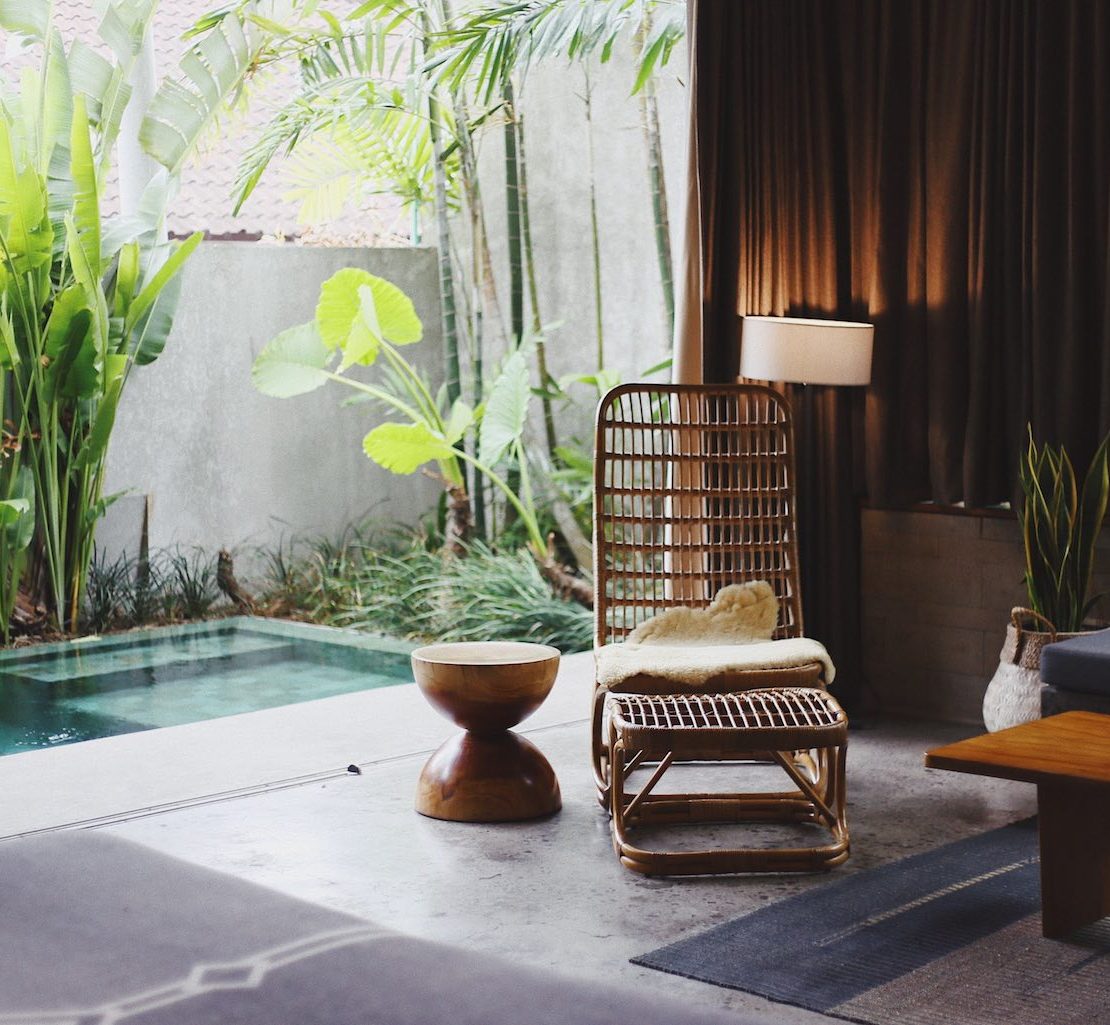Being stuck in quarantine has made me realize how important home design is. I live in a very cozy (read: shoebox) condo, where the main color palette consists of black, white and beige. The view from my window is mostly gray, and the only pops of color I see are LED billboards and my neighbor’s clothesline.
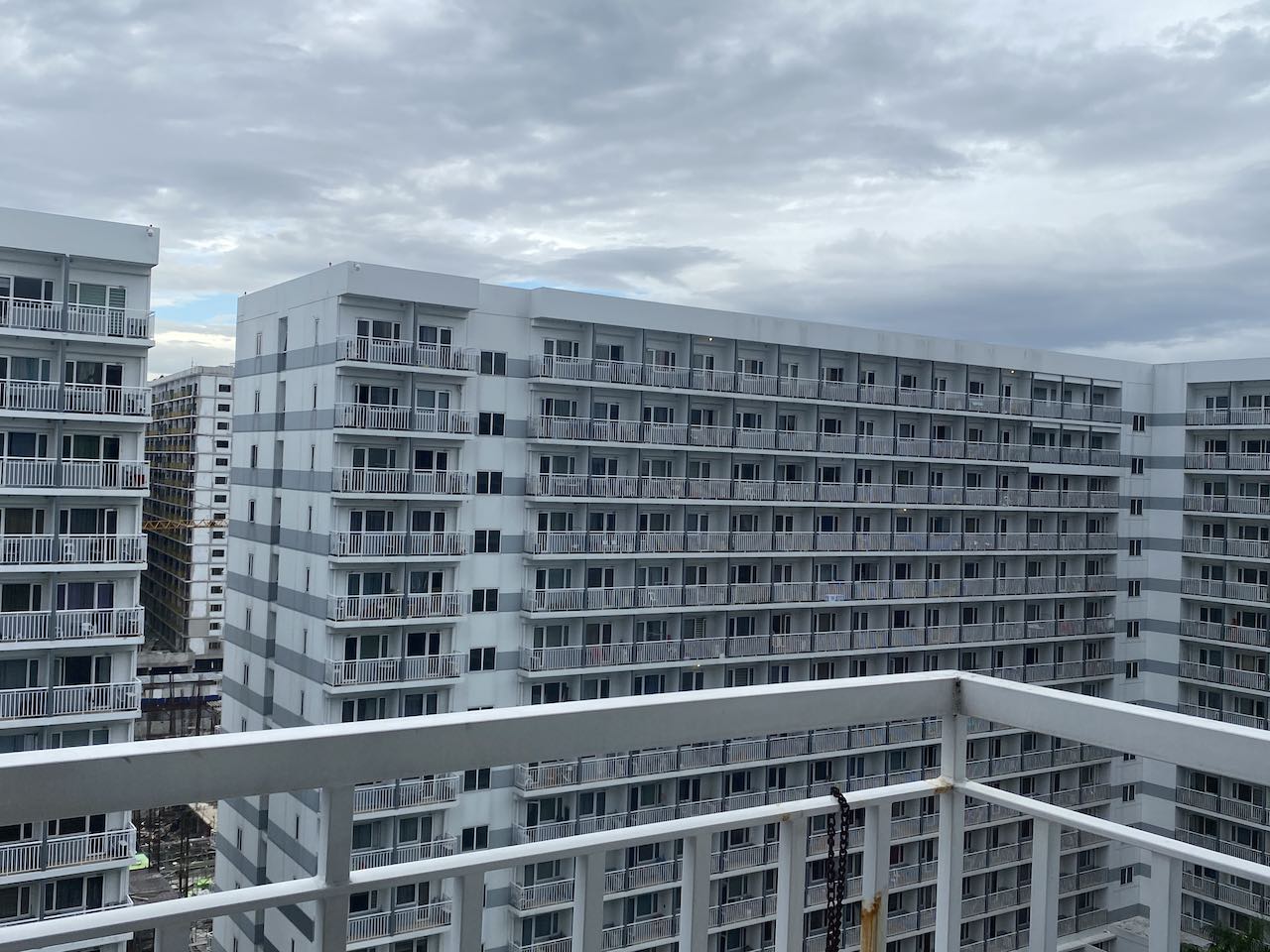
Seeing my friends grow plants and vegetables in their balconies and backyards made me a little green with envy—pun only slightly intended. Although there’s not much I can do about my modest (read: cramped) living situation, I can still dream of the day I build my own home and or move into more comfortable quarters.
An interesting discovery I made while looking for design and house pegs was biophilic design. Biophilic design is the practice of incorporating elements commonly found in nature—like natural light, ventilation and plants—into the way a place is built. The term “biophilic” comes from American biologist Edward O. Wilson’s popularized theory of “biophilia,” which is the innate human need to interact with nature to promote human and planetary wellbeing.
What does biophilic design mean?
In Dr. Stephen Kellert’s article on biophilic design, he talked about its five principles.
These principles are sustained and repeated engagement with nature, human adaptation to the natural world that over evolutionary time have advanced people’s health, fitness and wellbeing, the encouragement of emotional attachments to particular settings and places, the promotion of positive interactions between people and nature that expands a sense of relationship and responsibility for human and natural communities and mutual reinforcement, interconnection and integration of architectural solutions.
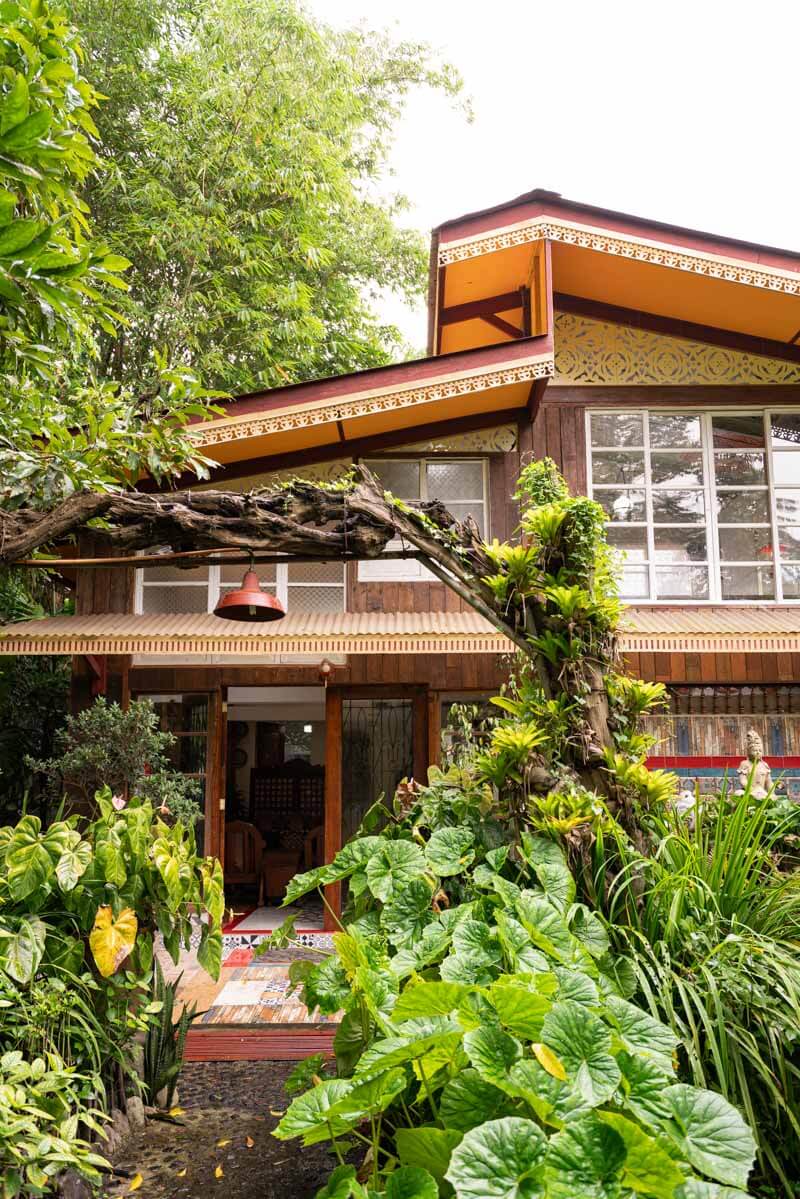
What makes design biophilic?
According to this definition, biophilic design isn’t just sticking a plant in a corner and calling it a day. For something to be truly considered biophilic design, these elements have to be integrated into how a place is built and how much people interact with it. There has to be a clear intention to incorporate natural elements.
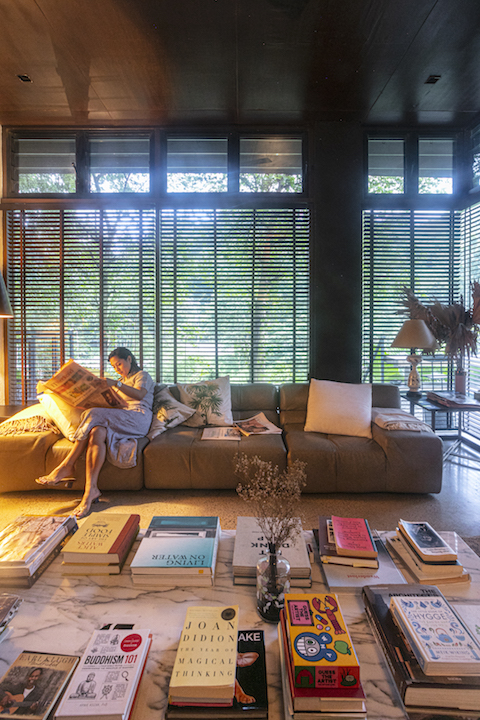
Some ways to incorporate biophilic design are building gardens into (yes, into!) our homes, having running water structures, lots and lots of plants, animals (in the form of koi ponds and fish tanks) skylights and having large windows that open up to a fantastic view of nature (if possible).
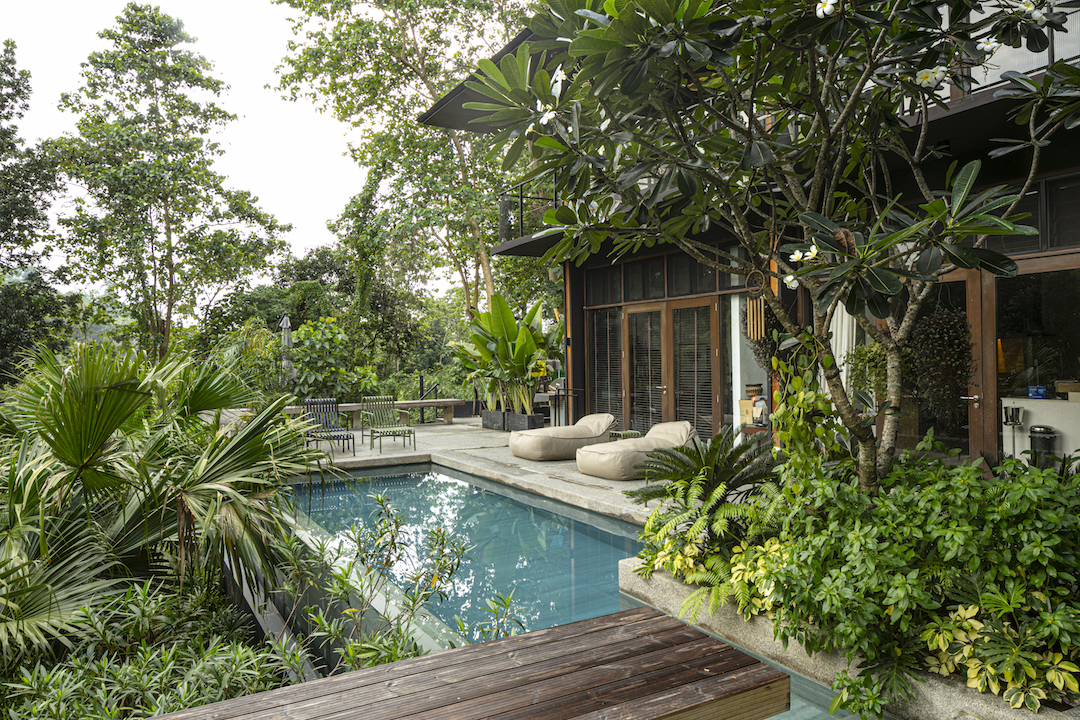
Another point of biophilic design is blurring the boundaries between inside and outside. The more nature present indoors, the better. Biophilic design is supposed to be a multi-sensory experience that affects how we feel in a positive way.
Plantitos and plantitas really got it right. As recent events have proved, plants make us happy. Having plants around has done wonders for many people, especially during quarantine. What more if nature was actually integrated into our structures and homes?
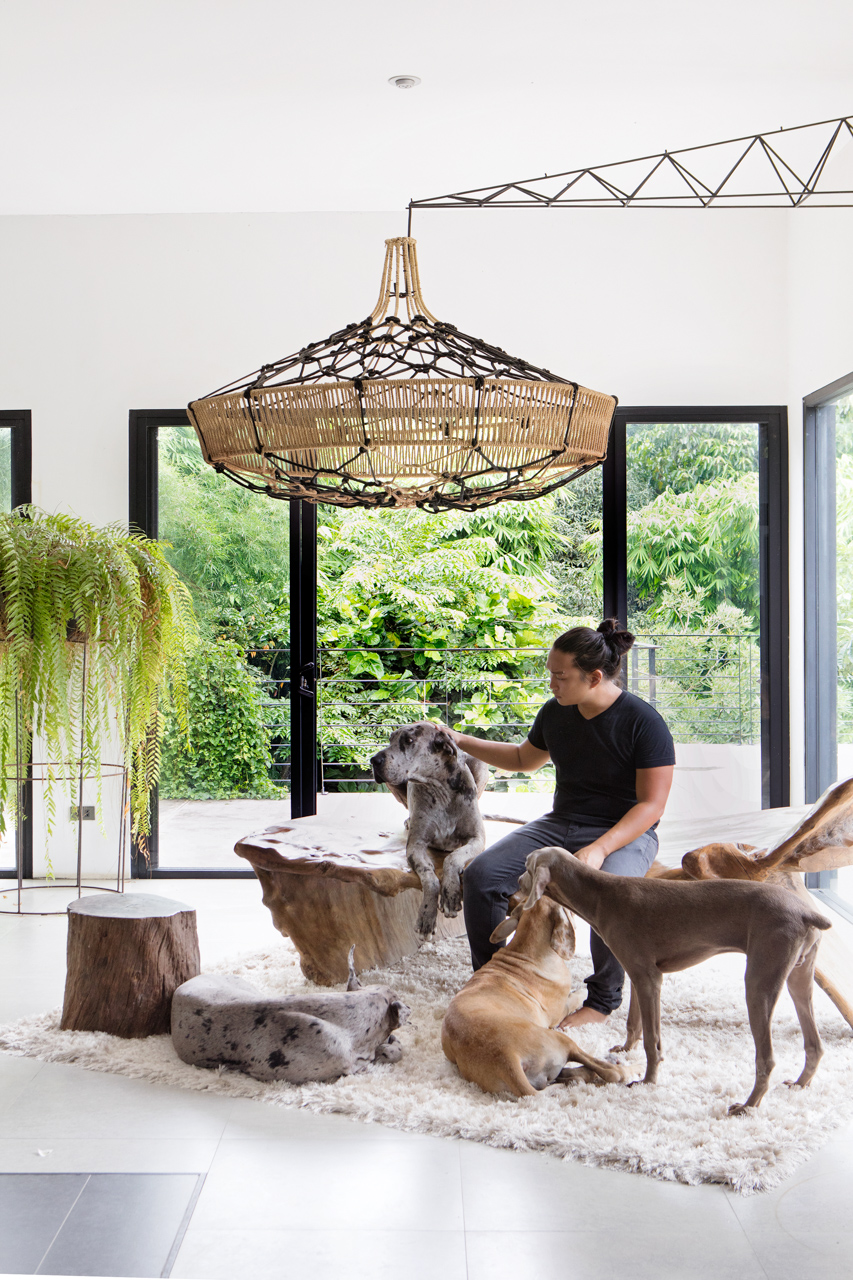
Although none of us are really in the economic space to build our own homes (or in my case, buy some house plants), knowing about biophilic design could prove useful in the future.
As time goes on, we’re seeing the devastating impact of prioritizing industrialization over the environment—and it isn’t pretty. Once the economic impact of COVID-19 evens out (if it ever does), our homes should be built with nature and the environment in mind.
Header image courtesy of Taylor Simpson on Unsplash
Get more stories like this by subscribing to our weekly newsletter here.
Read more:
What’s designer Patis Tesoro doing in Laguna? Gardening and refurbishing old Filipino houses
Artist Jinggoy Buensuceso’s black house takes cues from Singapore Botanic Gardens
Shower plants exist—here’s why you should grow one
Writer: ANDREIANA YUVALLOS


